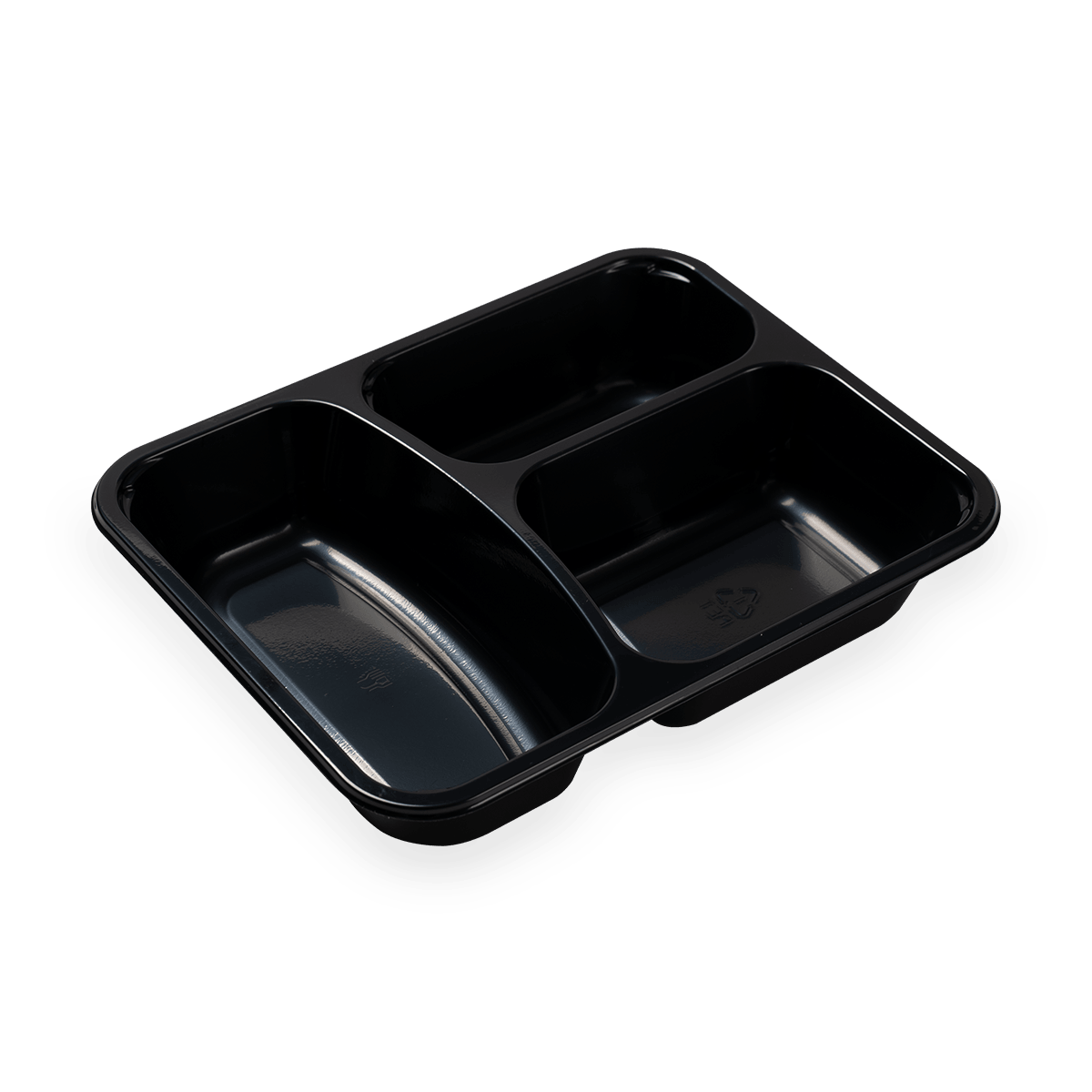The high heat resistance of
CPET trays can be attributed to several factors related to the chemical composition and crystalline structure of CPET:
Polymer Structure: CPET is a thermoplastic polymer that is chemically related to PET (Polyethylene Terephthalate). The crystalline structure of CPET is well-organized, with tightly packed polymer chains. This crystalline structure provides stability and resistance to heat.
Melting Point: CPET has a relatively high melting point, typically around 250-270°C (482-518°F). This means that it remains solid and retains its structural integrity at temperatures well above those encountered in typical cooking and baking applications.
Amorphous and Crystalline Regions: CPET is a semi-crystalline material, meaning it contains both amorphous and crystalline regions. The crystalline regions contribute to its heat resistance, while the amorphous regions provide flexibility. This combination allows CPET to maintain its shape and structural integrity under high temperatures.

Thermal Stability: CPET has excellent thermal stability, meaning it can resist degradation and maintain its properties when exposed to high temperatures over extended periods. This stability is essential for maintaining the safety and integrity of food during cooking and reheating.
Resistance to Chemicals: CPET is resistant to many chemicals, including those commonly found in foods. This resistance ensures that it does not react with or leach harmful substances into the food when exposed to heat.
Manufacturing Process: The manufacturing process of CPET involves carefully controlled heating and cooling steps that promote the development of its crystalline structure. This process enhances its heat resistance and ensures uniform properties throughout the material.
Barrier Properties: CPET trays are often coated with a layer of a barrier material, such as ethylene vinyl alcohol (EVOH), which further enhances their resistance to heat and moisture. This barrier layer prevents the migration of oxygen and moisture into the food, helping to maintain product freshness.
Due to these factors, CPET trays can withstand the high temperatures associated with microwave and conventional oven cooking and reheating without melting, deforming, or releasing harmful substances into the food. This makes them a reliable and safe choice for packaging food items that require heat-resistant properties.
